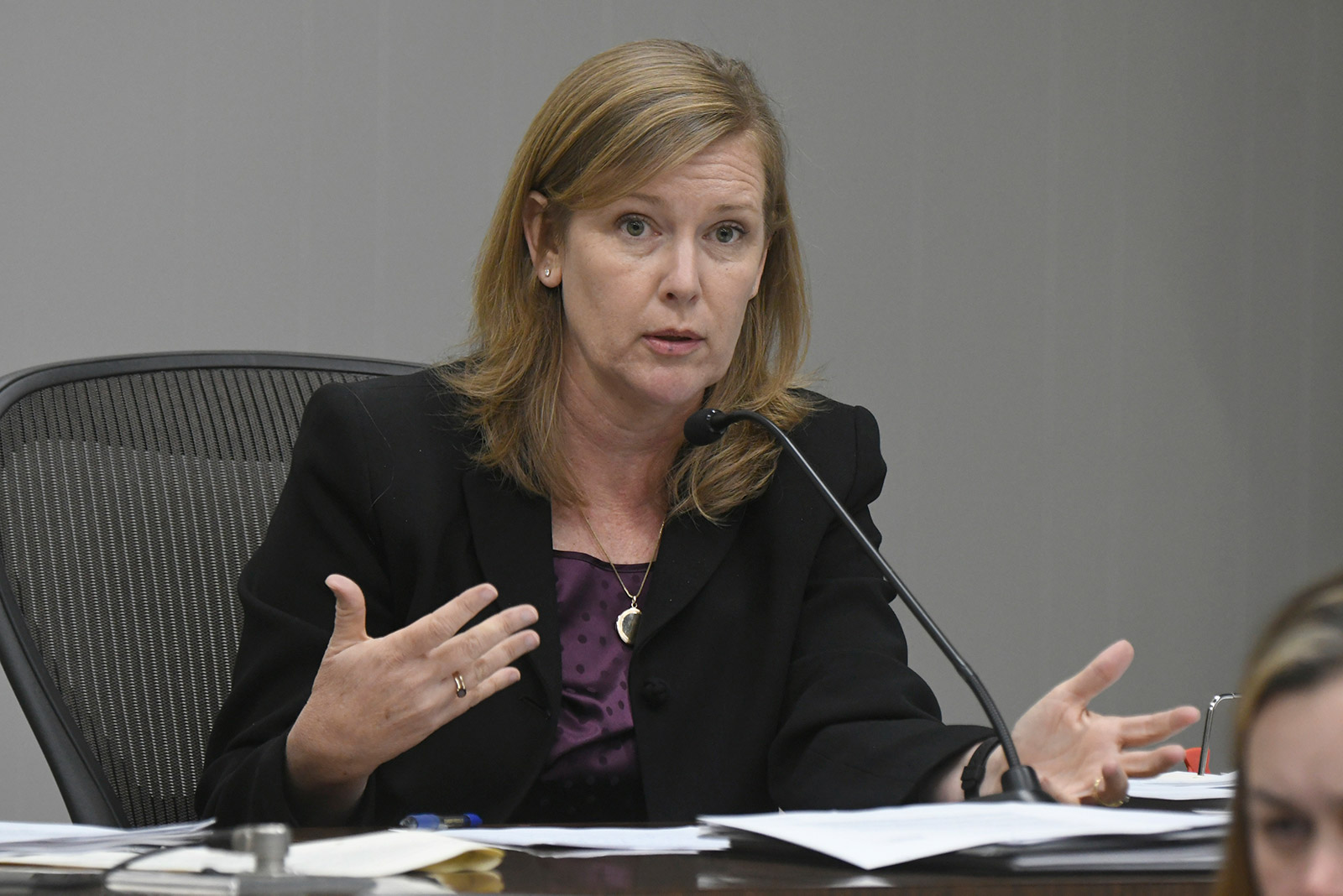Mass Eviction Ordinance Unveiled at Santa Barbara City Hall
Ongoing Fine-Tuning Needed as Basic Facts Under Dispute

Protecting Santa Barbara’s tenants from the threat of mass eviction will prove more complicated than it sounds if this Tuesday’s deliberations by Santa Barbara City Council’s Ordinance Committee provides any indication. Under consideration is a proposal that would require landlords engaging in mass evictions to provide the equivalent of four months rent in relocation assistance to displaced tenants or $5,000 per household, whichever is more. Another $3,000 in relocation assistance could be required for tenants who are handicapped or older than 60. Not clear at all, however, was what rental properties would be bound by these proposed new rules and which ones would be exempt.
According to the proposal presented to the Ordinance Committee — councilmembers Randy Rowse, Oscar Gutierrez, and Kristin Sneddon — the new requirement would apply only to rental properties with 15 or more units and that are located in R-3 and R-4 zones. As City Attorney Ariel Calonne acknowledged, drawing the line in the sand could prove challenging. “How do you define what mass is?” he asked. “It’s a tough choice. I don’t know how to finesse it.” Councilmember Sneddon echoed the concerns raised by many tenants rights advocates who questioned why the threshold of 15 was adopted. “I want to know why it’s 15,” she said. “Why not 10, 8, 7, or 6?”
Councilmember Gutierrez argued that if tenants in just ten percent of the apartments were told to move, the protections should apply. Rental property advocates stressed there’s a big difference between evictions and terminations, and took exception to Calonne’s use of the term “no fault evictions.”
Actually, the Ordinance Committee members were discussing two separate tenant protection measures recommended ten months ago by an ad hoc committee made up of landlord and tenant advocates. This committee met for five months trying to hash out a number of proposals to offer tenants greater protection and security than is afforded under current law. Mostly, the ad hoc committee found itself deadlocked.
In addition to the mass eviction protection, the committee recommended the passage of a mandatory lease ordinance; landlords would be required to offer one-year leases; tenants, however, would not be legally obligated to accept. About six advocates showed up representing rental property owners; most voiced conceptual support for the two measures, but all expressed concern about the specific language. About eight tenants advocates spoke; many demanded some form of just-cause eviction protection as well. More than a few highlighted how 9,000 Latino families moved out of Santa Barbara since 2011, blaming high rents and Santa Barbara’s excruciatingly tight rental market.
During task force deliberations, there was little consensus between the two camps on basic facts, such as the tightness of the city’s vacancy rate, how many tenants were being evicted, and what rents actually were.
On the Ordinance Committee, it was clear councilmembers Sneddon and Gutierrez supported stronger protections — however ill-defined — while councilmember Rowse stressed the need for better public education about the rights and responsibilities of landlords and tenants and enhanced mediation services offered via the city’s Housing Mediation Task Force.
Sneddon asked for a clearer idea how many of the city’s renters lived in properties with 15 units or more. That information was not available, but will be generated in time for an informal gathering of interested landlord and tenant stakeholders, yet to be scheduled. At that time, Calonne will discuss possible wordsmithing changes and better-defined thresholds for relocation assistance. After that, the matter should go back to the Ordinance Committee and after that to the council as a whole.



